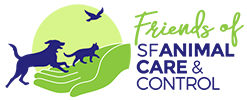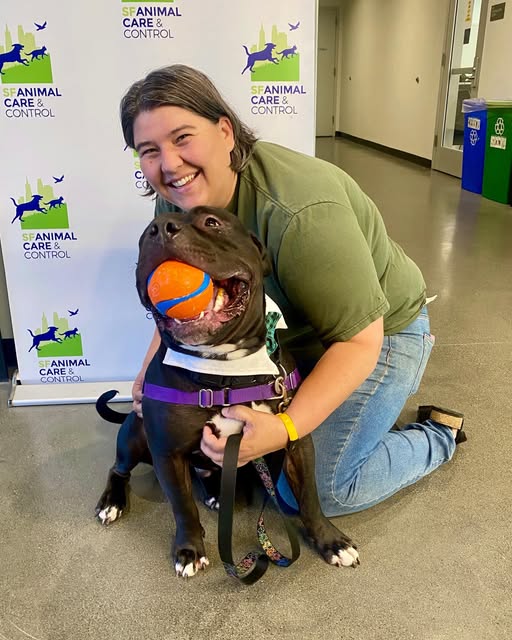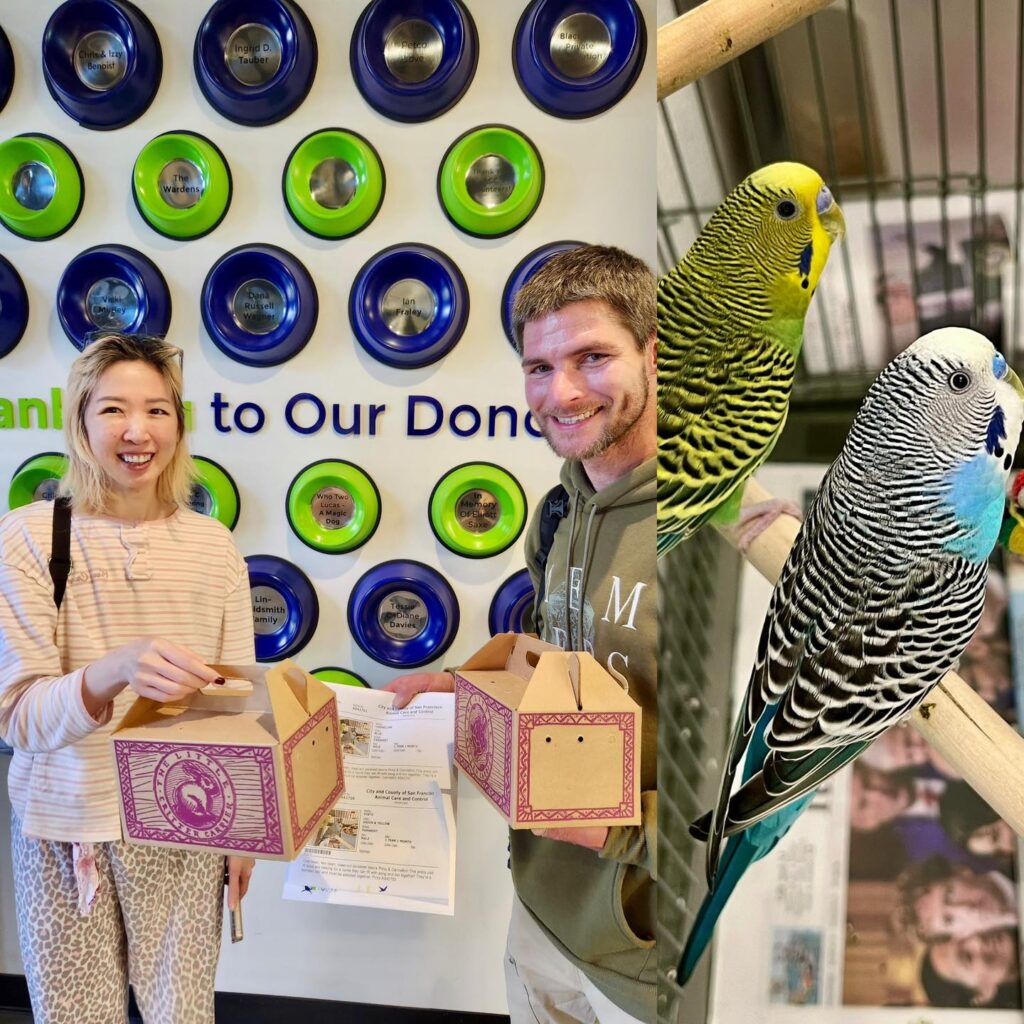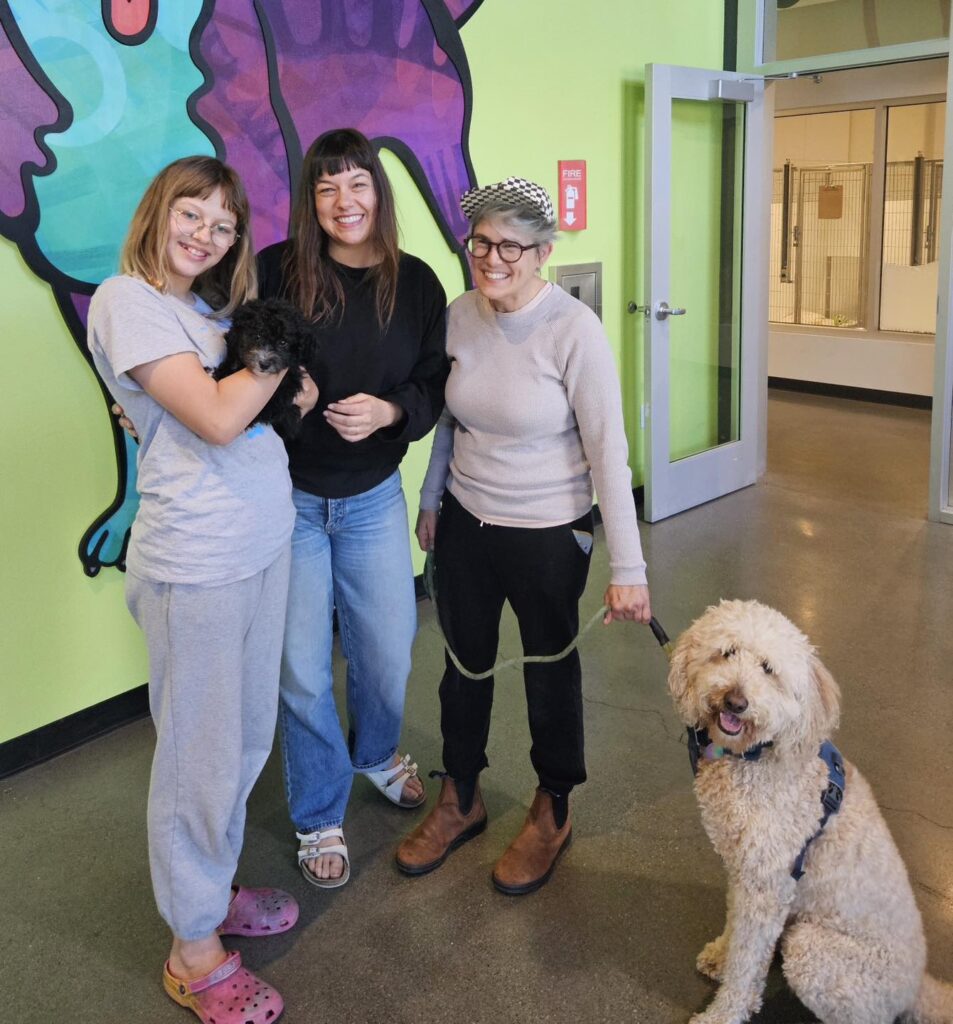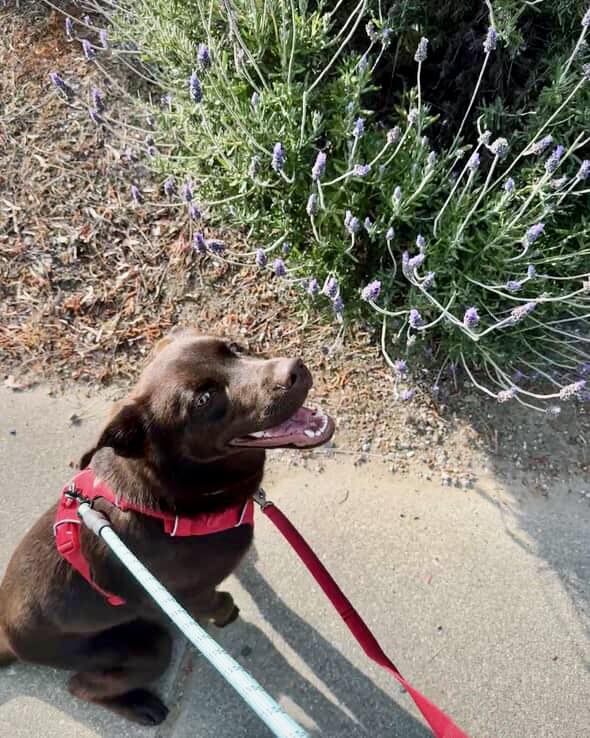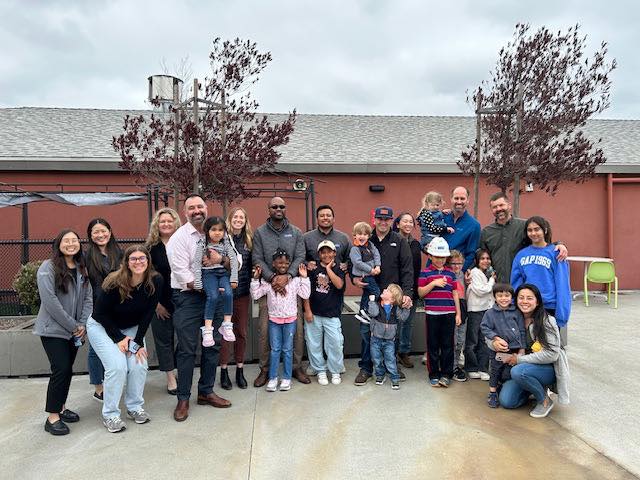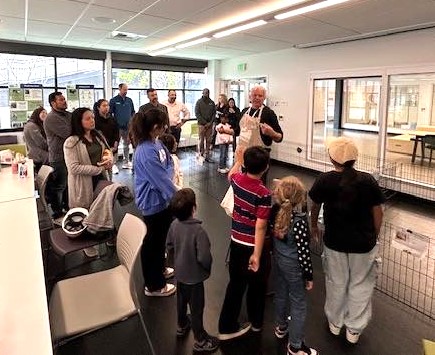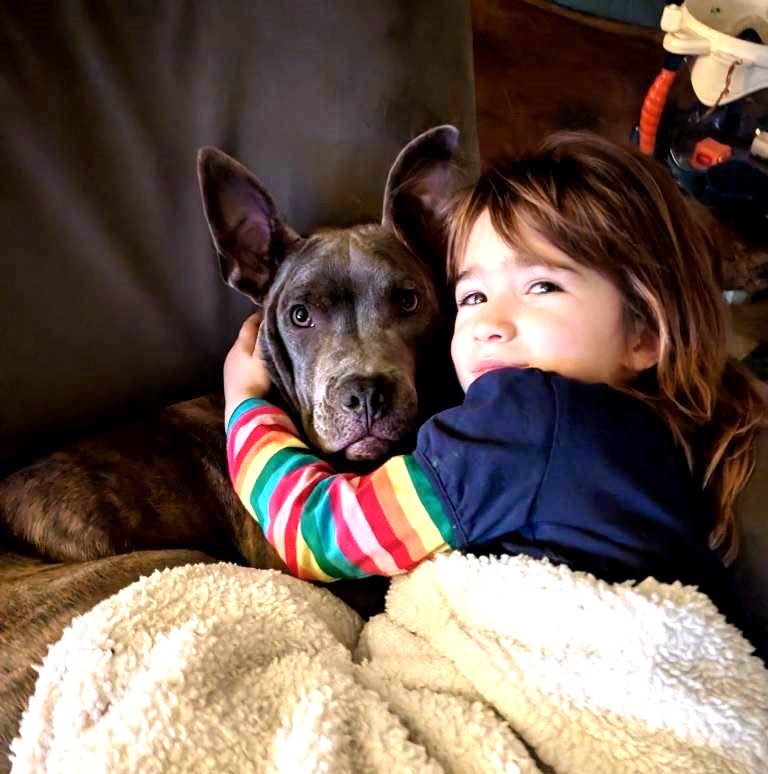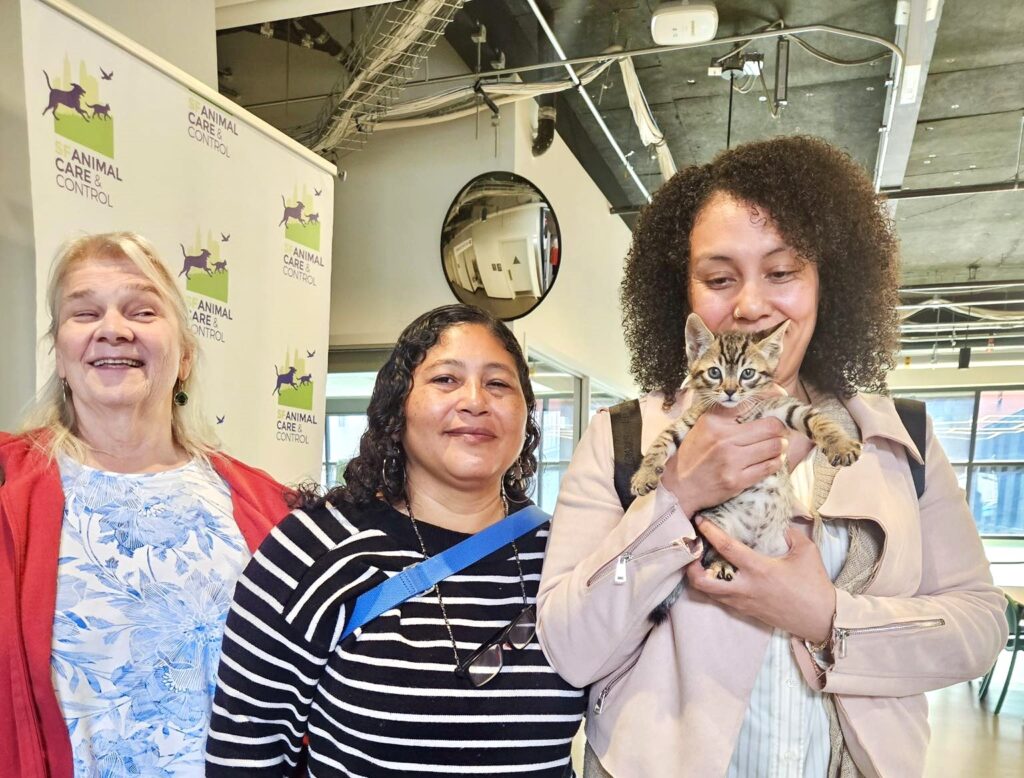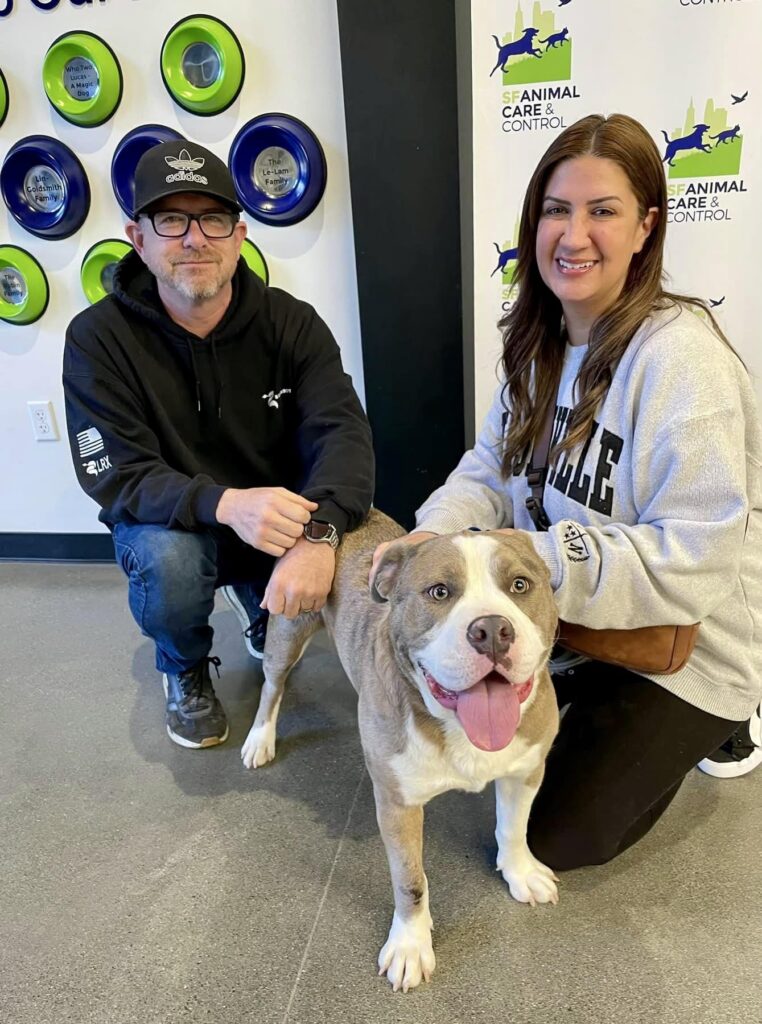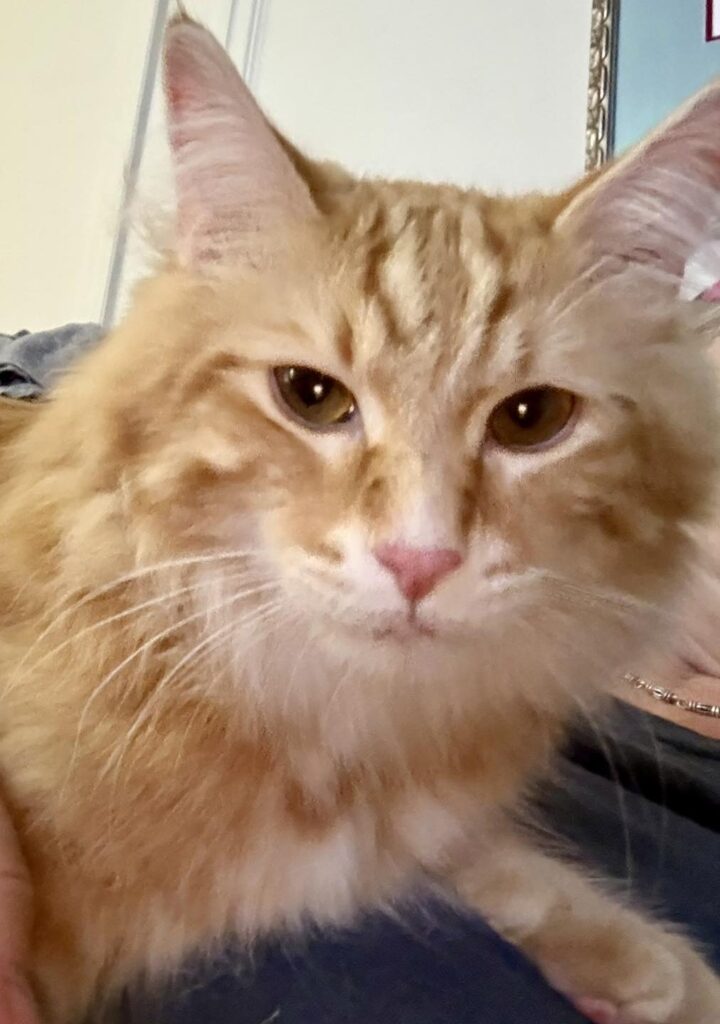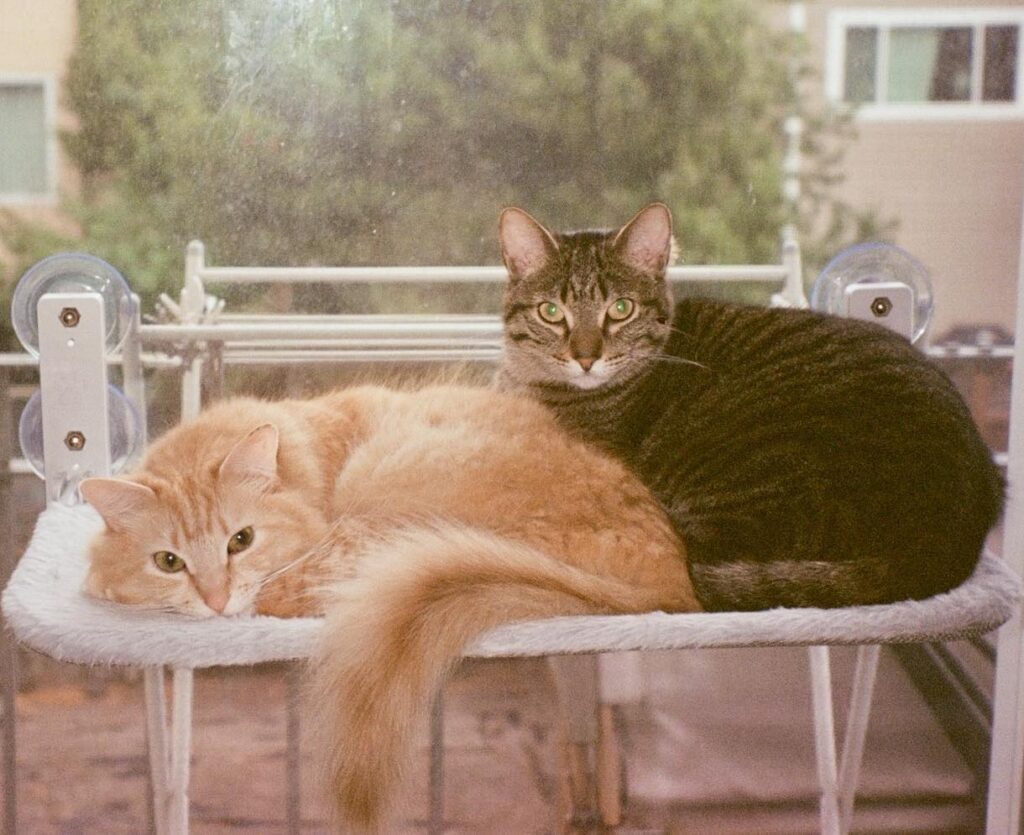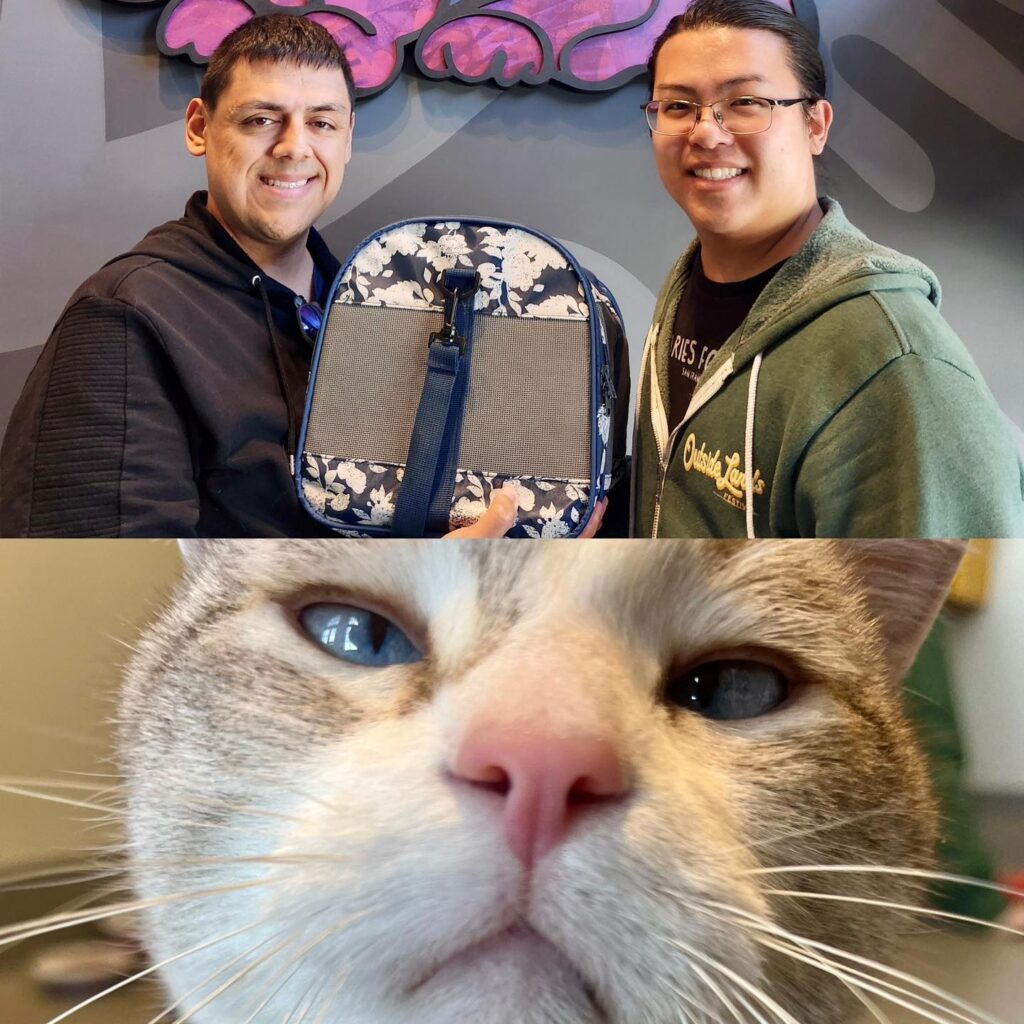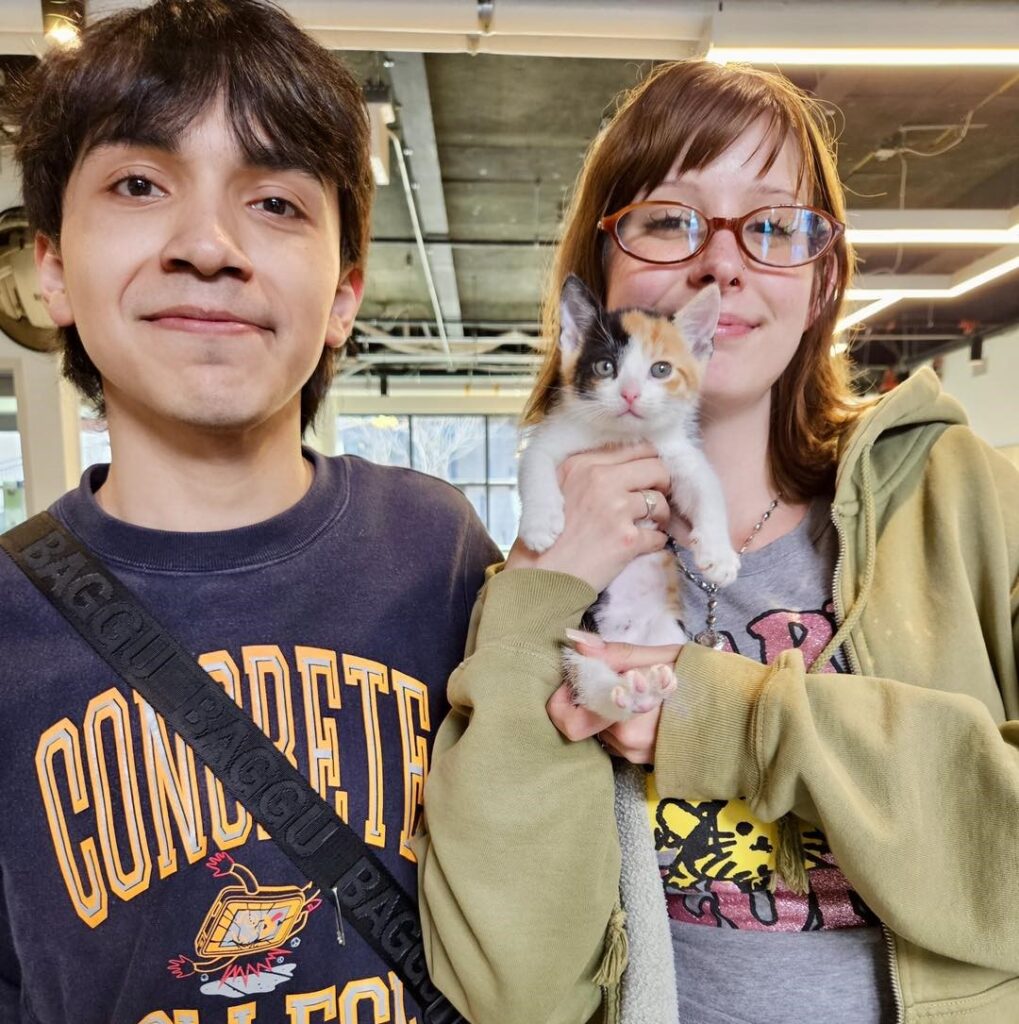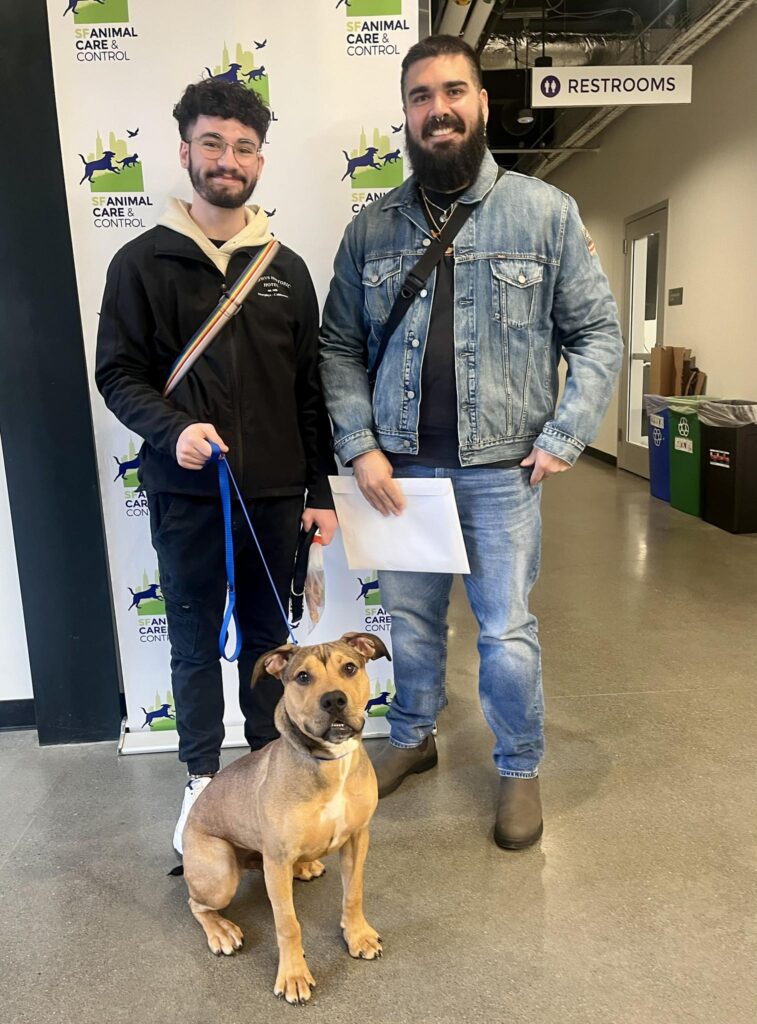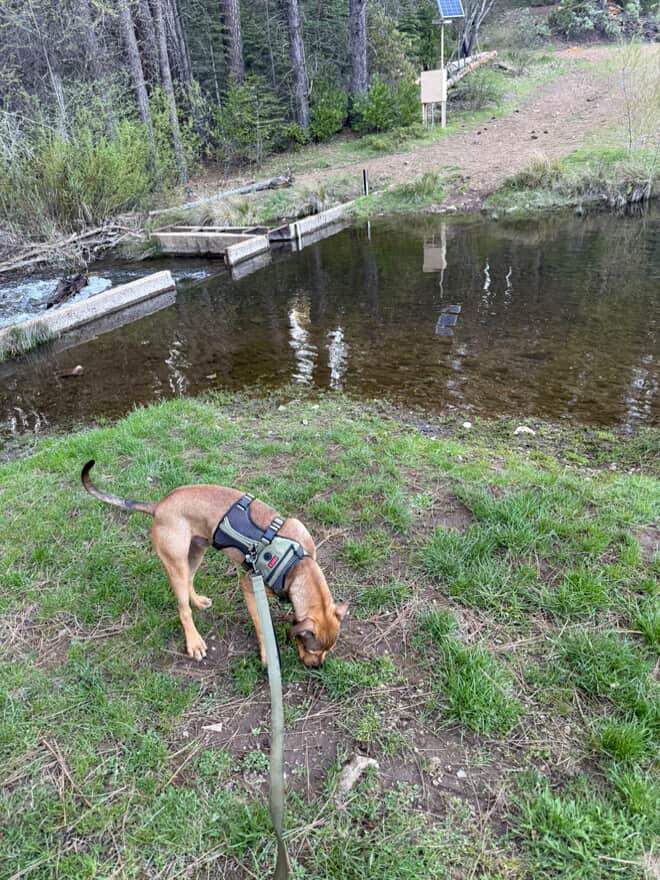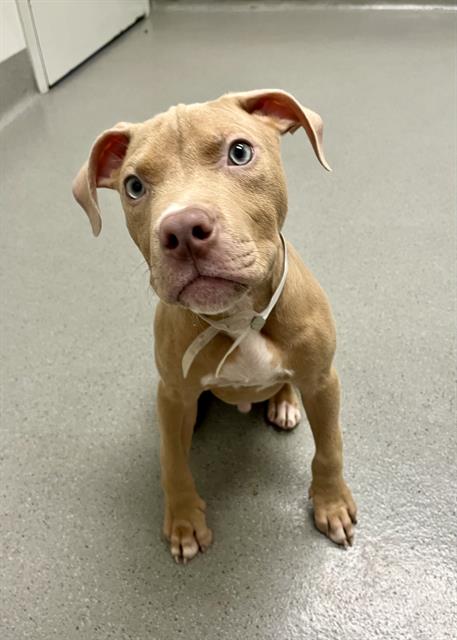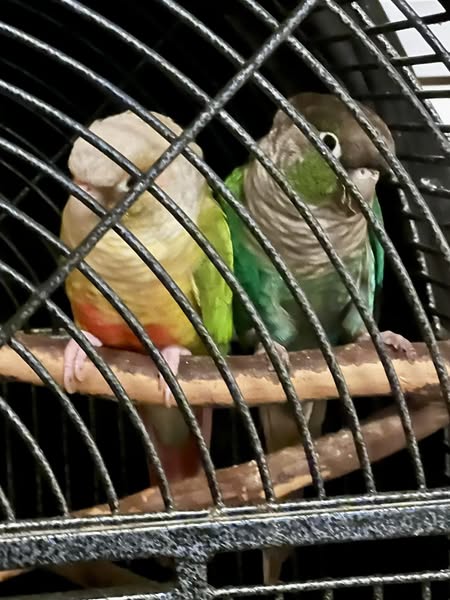Jarritos was recently adopted after waiting patiently for 5 months. His name is now Azukar (AKA Mr. Sugar Cube Toes) and he’s loving his new life: playing with his canine cousin on the beach, exploring a Sniff Spot, and cuddling with his loving adopter. Check out his sweet new ID tag!
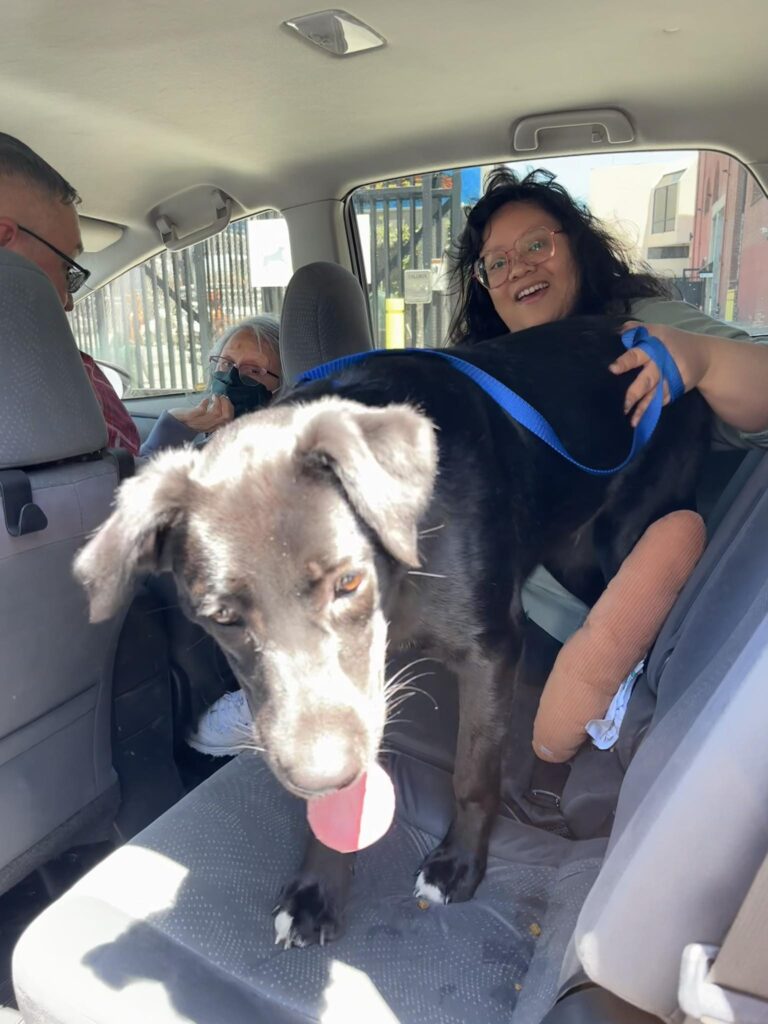

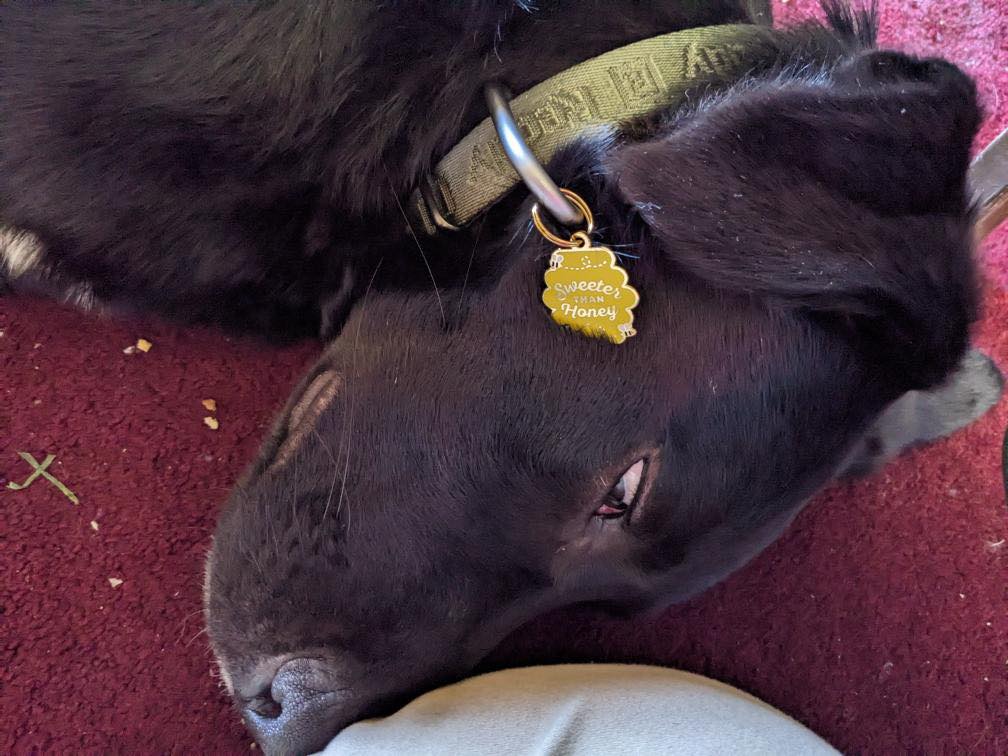

Lovely Lily was brought in as a stray. When her hold period was up and no one claimed her, Lily’s finder came in to adopt her.
Reya the cuddle queen has been adopted!
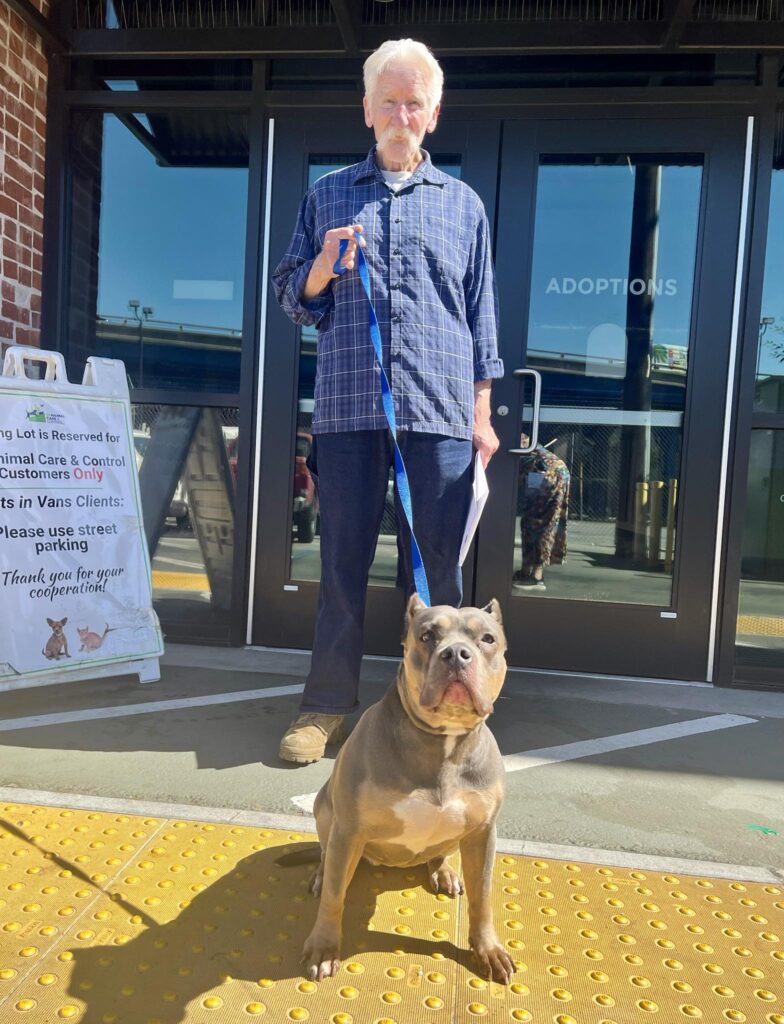

We had a visit from an SFACC grad today: Atty came by to donate a bag of dog food. She was previously named Mikey, adopted from us in August of 2023.
Coco the bun has been adopted by these sisters. The older sister did research and presented her findings to her parents to convince them to get a bunny. Good job and happy tails!


Handsome sweetie pie Daniel was adopted yesterday!
Cutie pie pup Petrie found his forever family.
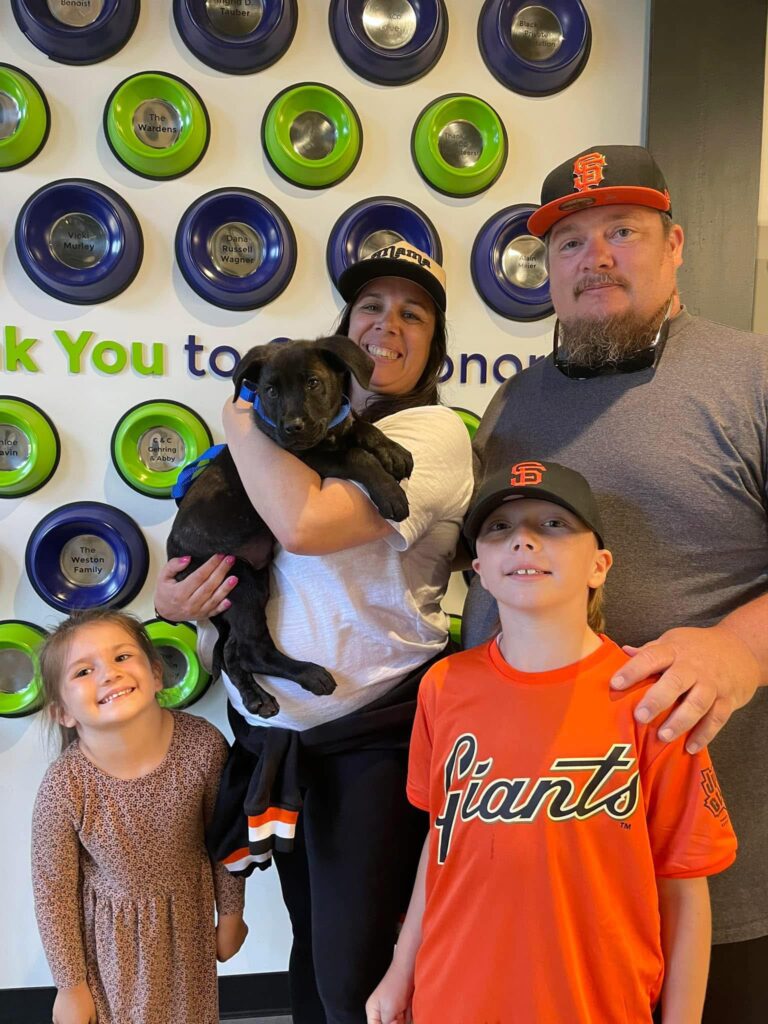

Moose
Sweet cat Azula was adopted by one of our volunteers! Her new name is Josie.
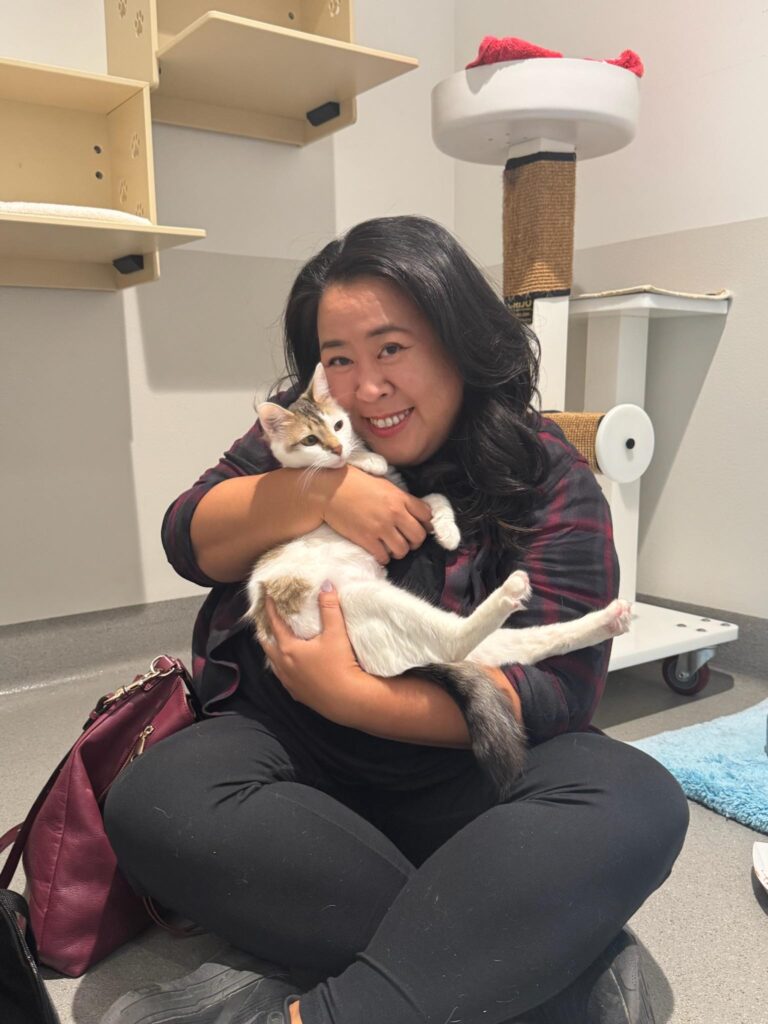

Adoption update! Duke was adopted from us in 11/2010 and had the unique name Tai Chi Tuxedo. The name Duke is clearly more suited to his noble self. He just retired from 12+ years of service as an SFSPCA therapy cat. What a stellar gent! “Thank you for saving this smart boy. He brought many smiles to numerous people over the years.”
Cookie’s new name is Summer.


Sweet floofy Patrick has found two new BFFs.
Pork Bun

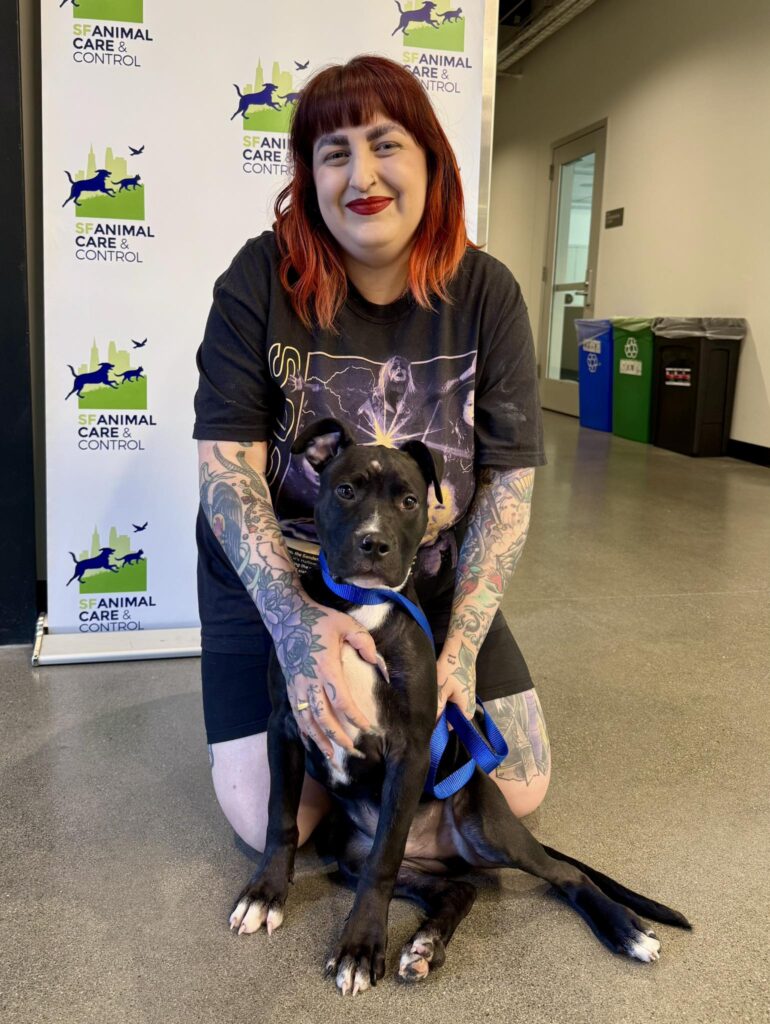
Cassian
Blanca


Sweet tuxie treat Oreo packed up his magnificent whiskers and headed home with his adopter.
Punky


Benji
Storm


Starburst was adopted in April and we recently received an update: “She’s doing great and we are slowly getting to work on our commands! She’s very much loved and spoiled.”
